#1927 songs
Explore tagged Tumblr posts
Text
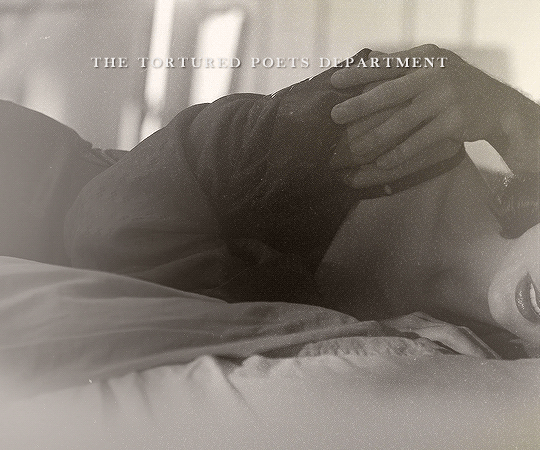



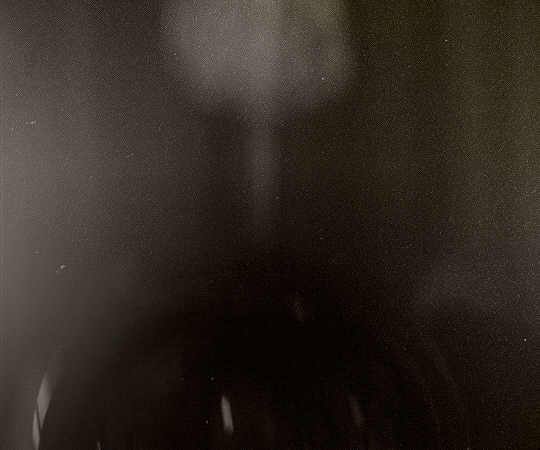
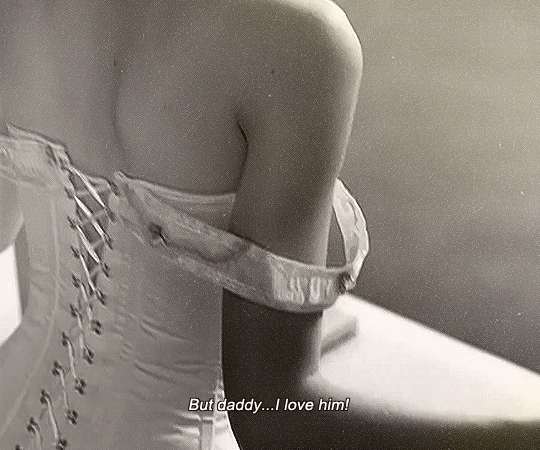


I love you, it's ruining my life.
THE TORTURED POETS DEPARTMENT || April 19th, 2024
#taylor swift#tswiftedit#tswiftgif#the tortured poets department#ttpd#also tag#clara bow#wings 1927#userelena#userleah#*merely based on the track titles*#okay I confess I just wanted to make a ttpd set and included Clara#my angel <3#can't wait to cry to the song
3K notes
·
View notes
Text
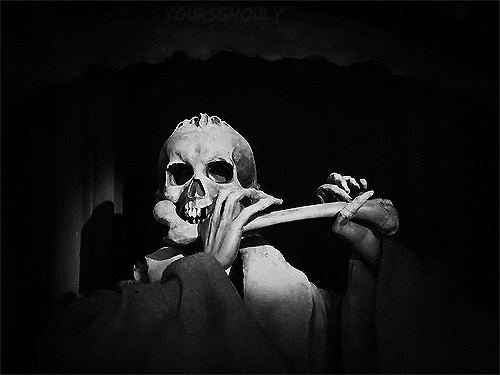
x
#source: yoursghouly#me playing the john cena theme song#metropolis#1927#horror#black and white#gothic#dark humor#skeleton#bone flute#music#halloween#classic horror#goth#lol#vintage#funny#skull#vintage horror#skeletons#flute#my shitposts#horror movies#gif#spooky
4K notes
·
View notes
Text
Can I interest you all in a song that was probably written by some lesbians in the 1920's?
640 notes
·
View notes
Note
Your au takes place in the 1920’s. I know your au has rarijack, are there any issues because of them being lesbians or is that not really a problem (the general existence of cadence may have caused people to be more accepting sooner idk)
Not really a problem. This AU's supposed to be fun, it wouldn't be fun having to write 90% of characters and settings as vehemently and violently anti-gay. At the very least, bigotry still exists, but social progress is more similar to the 2010s, where queerness is more normalized.
#but also don't forget that the 1920s was extremely queer#especially in europe and france#so if you're gonna @ me about historical revisionism remember this era was very gay#there were same-sex kisses in movies in 1922 then 1925 then 1927#one of the most popular songs in the 1920s was called “masculine women! feminine men!”#chalk it up to magic existing ig everyone's just more chill#ask me#tana-draws#but yeah it wouldn't be fun to have to navigate rarity and aj's relationship and also have everyone in the town hating them and#trying to keep them seperate under god's watchful eye lest they're condemned to burn in hell forever as sinners
232 notes
·
View notes
Text
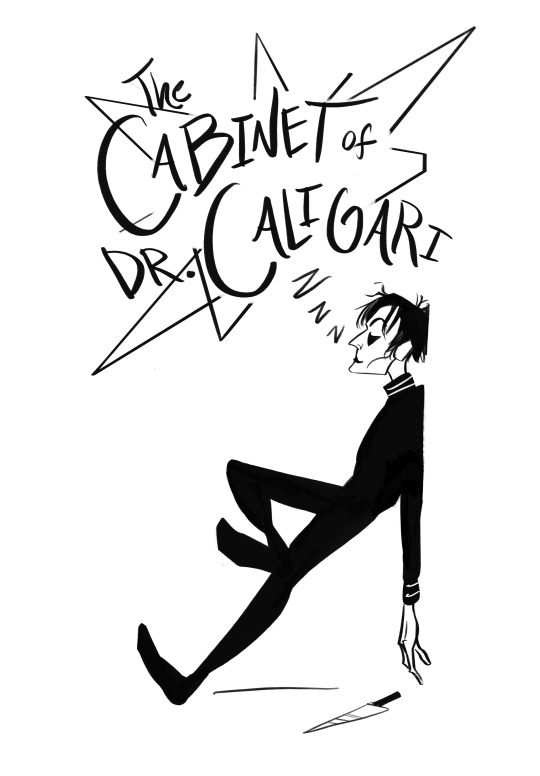
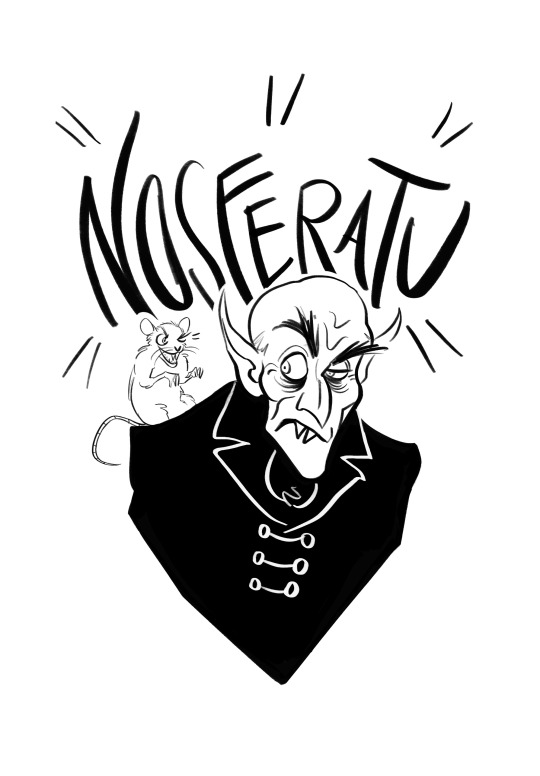
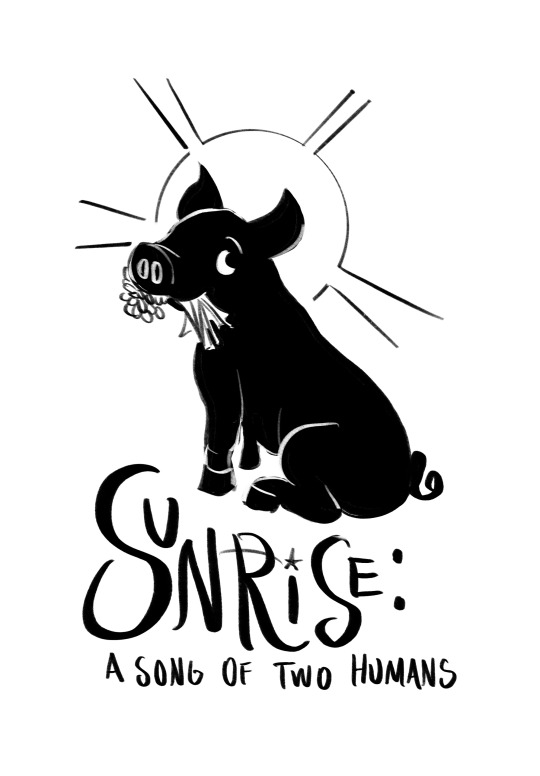
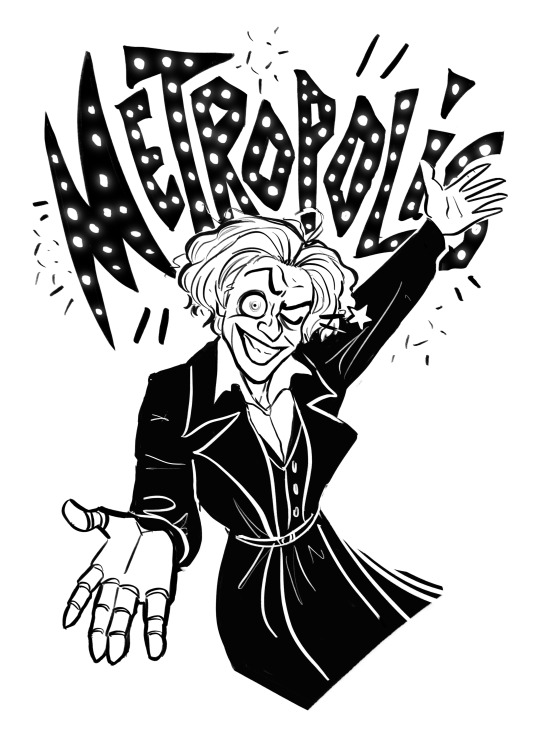

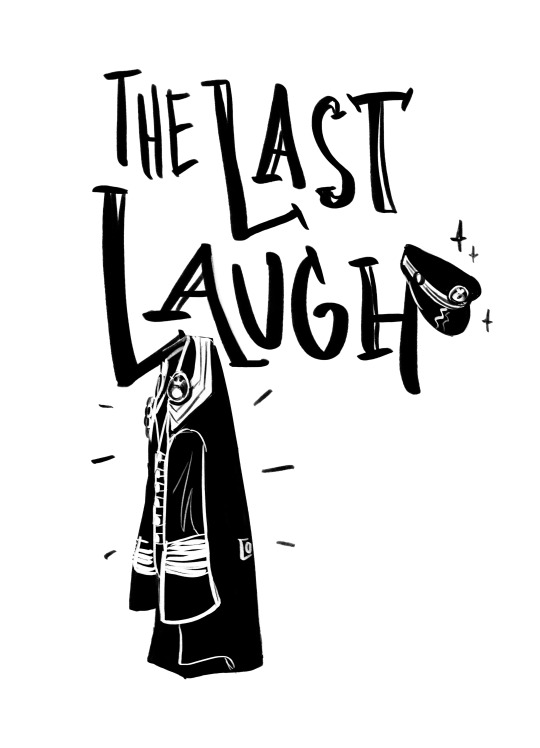

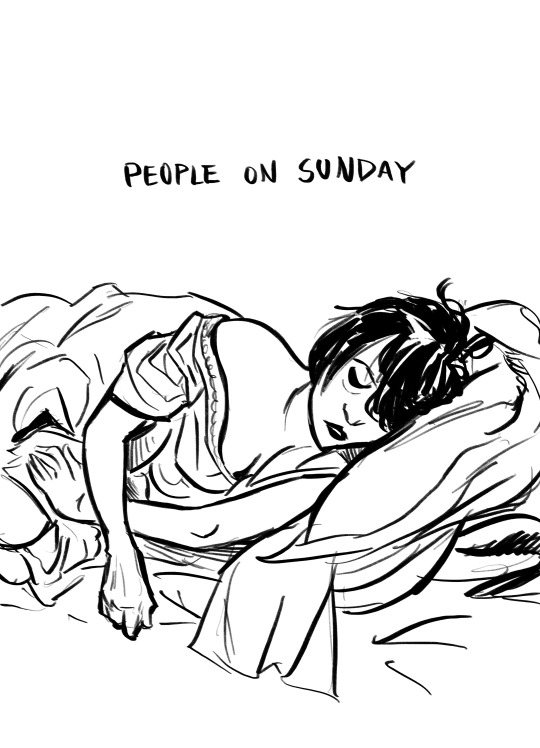
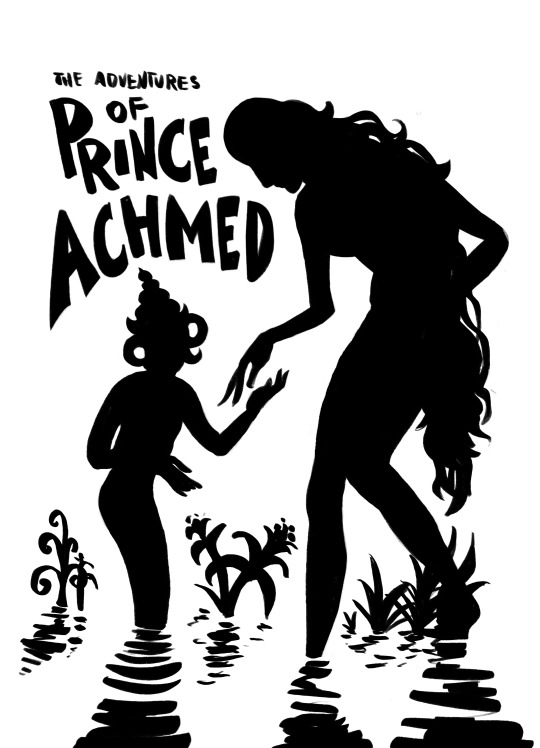
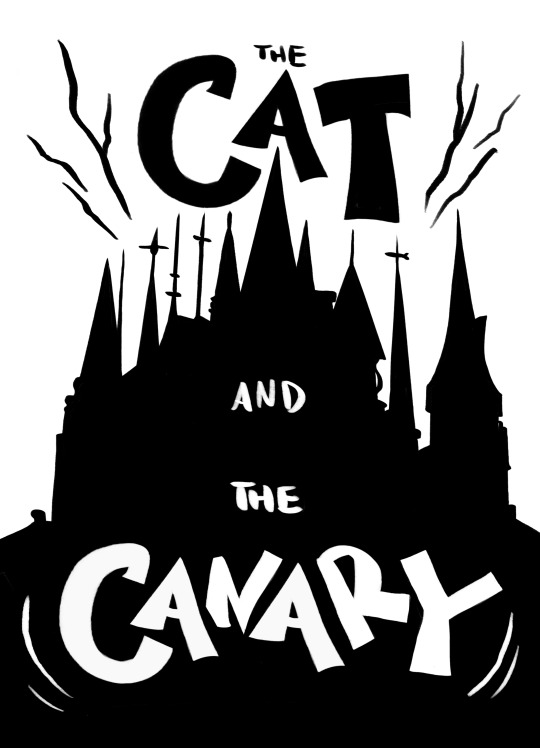

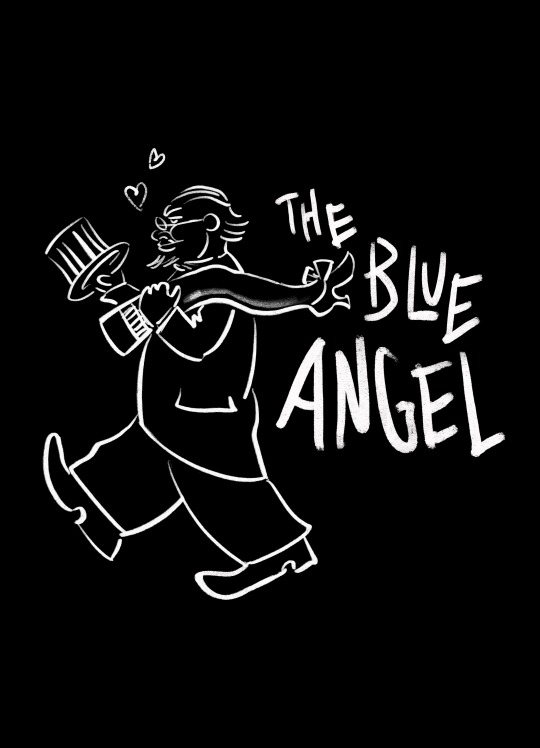
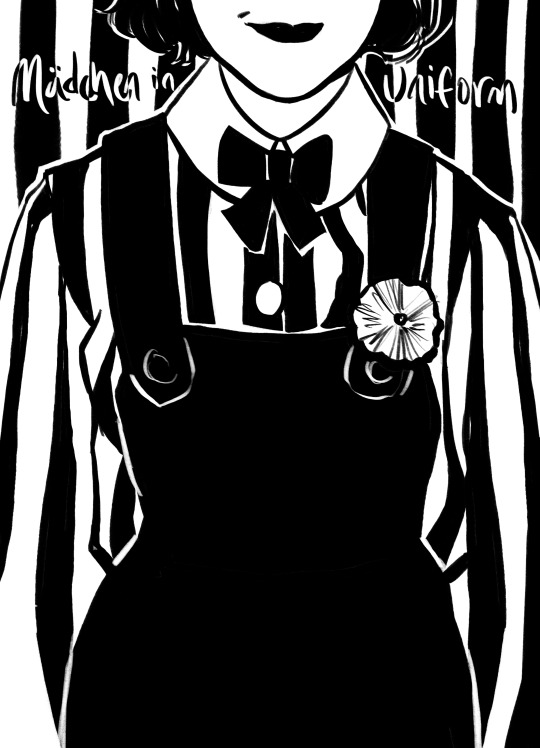
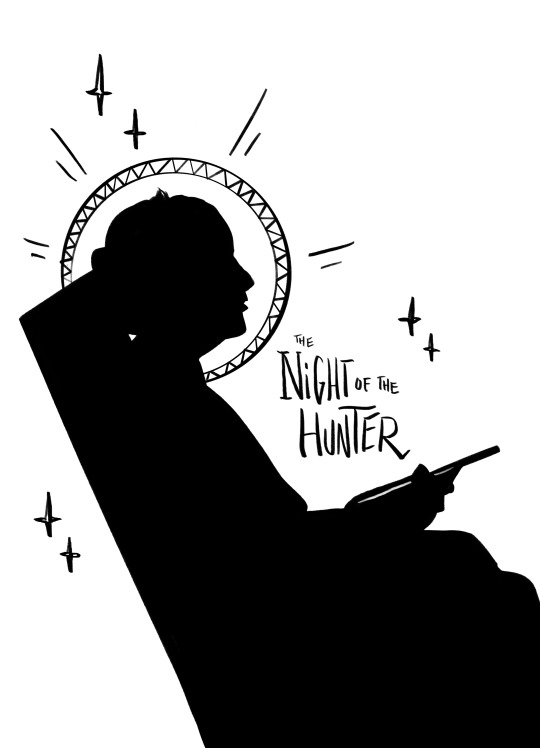
All of the covers I made for my Weimar film class papers.
#the cabinet of doctor caligari#cesare the somnambulist#sunrise: a song of two humans#nosferatu 1922#f.w. murnau#fritz lang#metropolis 1927#german expressionism#expressionism#weimar cinema#weimar film#silent film#ruby’s art
606 notes
·
View notes
Text
Watching Metropolis (1927) for the first time and everytime Maria appears on screen I started singing Maria from West Side Story
#rip freder you would have loved being in a musical to sing this song about her#metropolis#metropolis 1927#maria#maria metropolis#freder fredersen
9 notes
·
View notes
Text
backwater blues by bessie smith and when the levee breaks are about the same historical event?????
4 notes
·
View notes
Text
daisy bell is such a swag song so is come josephine in my flying machine <- yeah i listened to that bc it was in titanic. anyways i ought 2 listen to more older tunes.....
#i want to watch older movies too.... (voice of guy who already watches 1920s movies)#bebehrbejehehebdjf i just want to absorb... everything!!!!!! ::-)#original nonsense#personal#i want to see how humans and their art change over time..... YAYY!!!!!!#edit i just remembered a song a fellow classmate sang in a chorus concert and i am glad i remembered a line from it#so i looked it up and it is from 1927 ::-) i remember being rlly surprised to see how old it was at the time lol
6 notes
·
View notes
Video
1927 i've never seen a straight banana by Al Q
0 notes
Text
youtube
"'Misirlou' (Greek: Μισιρλού < Turkish: Mısırlı 'Egyptian' < Arabic: مصر Miṣr 'Egypt'[1]) is a folk song[2] from the Eastern Mediterranean region. The song's original author is unknown, but Arabic, Greek, and Jewish musicians were playing it by the 1920s. The earliest known recording of the song is a 1927 Greek rebetiko/tsifteteli composition. There are also Arabic belly dancing, Albanian, Armenian, Serbian, Persian, Indian and Turkish versions of the song. This song was popular from the 1920s onwards in the Arab American, Armenian American and Greek American communities who settled in the United States." —Orginal Wikipedia Article https://en.wikipedia.org/wiki/Misirlou
#but Arabic#Indian and Turkish versions of the song. This song was popular from the 1920s onwards in the Arab American#Armenian American and Greek American communities who settled in the United States.#Μισιρλού#Arabic#Greek#and Jewish musicians were playing it by the 1920s. The earliest known recording of the song is a 1927 Greek rebetiko/tsifteteli composition#Albanian#Armenian#Serbian#Persian#Indian#Armenian American Greek American communities who settled in the United States.#Mısırlı#مصر#Youtube
1 note
·
View note
Text
youtube
#Bessie Smith#Them's Graveyard Words#1927#songs that go exceptionally hard#this is the vibe#yeah remember that tag? we're bringing it back.#blues#songs about killing a man#Youtube
0 notes
Text
Content Warning
Uncle Remus Stories by Joel Chandler Harris (1927)

Song Of The South (1946)
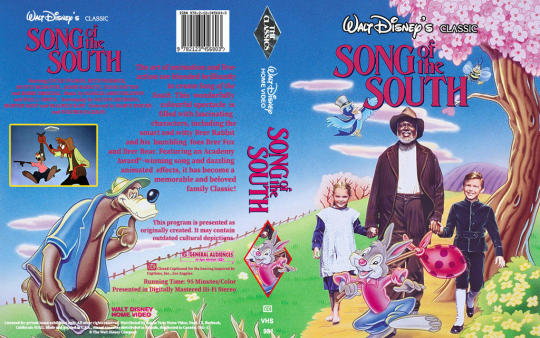
#The book I read had an amazing intro that explained all the controversy#I got it from the library and don't exactly remember which version it is#Disney#Uncle Remus#Song of the South#1947#1927#Joel Chandler Harris
1 note
·
View note
Text
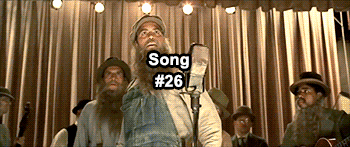
Soggy Bottom Boys - I Am a Man of Constant Sorrow 2000
"I Am a Man of Constant Sorrow" is a traditional American folk song first recorded by Dick Burnett, a partially blind fiddler from Kentucky. The song was originally titles "Farewell Song" when printed in a Richard Burnett songbook in 1913. Burnett recorded the song in 1927 but this version was unreleased and the master recording destroyed. The first commercially released record was by Emry Arthur in 1928, and which gave the song its current title.
It's been covered plenty of times during the years with lyrical tweaks, but the biggest impact worldwide happened with the release of the 2000 film O Brother, Where Art Thou?, where it plays a central role in the plot, earning the three runaway protagonists public recognition as the Soggy Bottom Boys. The song had lead vocals by Dan Tyminski, who also was the vocalist on Avicii's 2013 hit "Hey Brother".
"I Am a Man of Constant Sorrow" received a CMA Award for "Single of the Year" in 2001 and a Grammy for "Best Country Collaboration with Vocals" in 2002, and also named Song of the Year by the International Bluegrass Music Association in 2001.
It earned a total of 70,4% total yes votes here.
If you love great movies with amazing music, please do check this one out! :D <3
youtube
#finished#high votes#high yes#high reblog#soggy bottom boys#dan tyminski#00s#1920s#soundtracks#film score#english#o1#o1 sweep#o24#o24 tie#lo3#popular
4K notes
·
View notes
Text
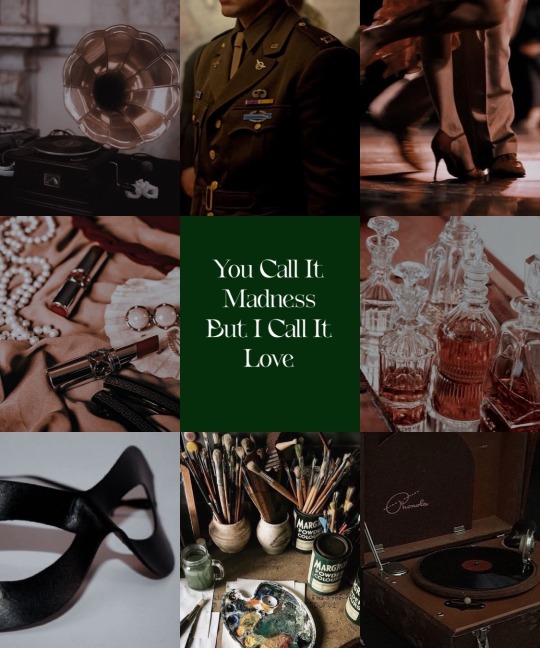
You Call It Madness But I Call It Love
Pairing: Pairing: Soldier Boy x f!reader, Reader POV
Tropes: Friends to Lovers, Slow Burn
Song Inspiration For The Series: You Call It Madness But I Call It Love By Russ Columbo
Series Playlist (Spotify)🥀
Summary: When the reader left Payback 40 years ago after a falling out with her childhood best friend she never looked back, but when two men show up to her apartment and start asking her questions about the past, the reader begins to think those things can’t stay hidden and starts to question what’s real and what’s fantasy. This is a re-telling of The Boys Season 3, where the reader is a supe who's known Soldier Boy since 1927. The chapters fluctuate between past and present, beginning in 1934. SPOILERS FOR THE BOYS S3
Chapter 1: You Shouldn't Have Answered the Door
Chapter 2: Late Night Visitor
Chapter 3: Summer Has to End Someday
Chapter 4: It's My Party and I'll Eat Cake If I Want To
Chapter 5: The Man, The Myth, The Legend
Chapter 6: Batter Up
Chapter 7: Are We Old Friends Or Old Enemies?
Chapter 8: Jealousy Doesn't Look Good On Anybody Except...
Chapter 9: Wedding Bells or Gong of Destruction?
Chapter 10: How Did It End Up Like This?
Chapter 11: I Can't Think With You Yelling At Me!
Chapter 12: My Heart Is Beating For You Constantly
Chapter 13: You Made A Plaything Out of Romance
Chapter 14: You're All I'm Dreaming Of
Chapter 15: What Do You Know About Love?
Chapter 16: Please Come Back To Me
Chapter 17: How Could I Ever Forget?
Chapter 18: First Impressions Are Often Correct
Chapter 19: I Know Who You Are
Chapter 20: You Were There
Chapter 21: Try To Understand
Chapter 22: I May Be Right Or I May Be Crazy
Chapter 23: Extreme Makeover Backyard Edition
Chapter 24: What The Past Held
Chapter 25: Are Family Reunions Always This Awkward?
Chapter 26: I Hate You, I Love You
Chapter 27: Take Me Back To The Beginning
Epilogue: True Love Is Hard To Find
Last Updated: 10/08/2024 (Series Complete)

One Shots:
Guess Who's Coming To Dinner?: All you wanted was for Ben to have a nice Thanksgiving, but when your daughter brings her new boyfriend over, all hell brakes loose!

[Extras]
Chapter 7.5: The Only Escape (Unused)
Happy Halloween! (Takes Place After Main Series)

If you'd like to be added to the taglist for this series let me know :)
Taglist:
@roseblue373 @anundyingfidelity @cheynovak @cassiecasluciluce @muhahaha303
@deans-spinster-witch @kayleighmeister @demodemo909 @fruitfacess @bobbobbobinogs
@bughill126 @simplyfixated @tiredstrangerr @freefallthoughts @onlyangel-444
@lov3vivian @mxltifxnd0m @mayafatimakhan @marvel-mistress @my-obsession-spn
@lifeonawhim @liuope @brynanna @carpenterswife
@xxannyxx
@babyinatrench-coat1 @the-gentle-spirit @valryomen @cassieriddle713 @shaggzthatsnottheworm
@lil-soup @ej13928 @topstory21 @boywivlove
@mrsjenniferwinchester
@vivre-dans-la-nuit @megara0224 @daisy-the-quake @thesilmarillionblog @samanddeaninatrenchcoat
@livya99 @peachhiz @tinydancer40 @tinystarfishgalaxy
@jvanilly
@lunaticgurly @i-am-typing @52ndstreeet
@anna6307
@pixviee @soldiergrimes @ladysparkles78 @ahoytothestorm
@octoazzy @modiddys-blog @marmie-noir @practicallylivesonline @impala67stellawinchester
@everlove @dangerousgardenchild
(Photos on mood board from Pinterest)
#jensen ackles soldier boy#soldier boy x reader#soldier boy x you#soldier boy x female reader#the boys fanfic#the boys series#soldier boy#soldier boy fanfiction#the boys amazon#jensen ackles#soldier boy/ben#soldier boy fic#the boys season 3#jackles#billy butcher#homelander#hughie campbell#the boys#You Call It Madness But I Call It Love
1K notes
·
View notes
Text
Every German Expressionist film I could find
Most links are to the internet archive. Other links go to either youtube or Wikipedia pages that contain the films.
Nerves (1919) Different from the others (1919) Algol (1920) From morn till midnight (1920) The Cabinet of Dr Caligari (1920) Genuine (1920) The Golem (1920) Destiny (1921) Shattered (1921) Nosferatu (1922) Phantom (1922) Dr Mabuse der spieler (1922) Raskolnikow (1923) The Tresure (1923) The street (1923) Schatten – Eine nächtliche Halluzination (1923) Die Nibelungen (1924) Waxworks (1924) The hands of Orlac (1924) New Years Eve (1924)
The student of Prague (1926)
Faust (1926)
Tartuffe (1926)
Metropolis (1927 )
Sunrise: A Song of Two Humans (1927)
The man who laughs (1928)
Asphalt (1929)
M (1931)
Vampyr (1932)
The Testament of Dr Mabuse (1933)
#Soup talks cinema#german expressionism#german cinema#silent film#max schreck#conrad veidt#classic horror#the cabinet of dr caligari#the cabinet of dr. caligari#the cabinet of doctor caligari#nerven#nosferatu 1922#dr. mabuse#the man who laughs
295 notes
·
View notes
Text
“If it should be, and he came to London, with his teeming millions. … There may be a solemn duty; and if it come we must not shrink from it.”—Bram Stoker, Dracula
A vampire must avoid direct sunlight to avoid crumbling into ash, yet few folk horrors have been subject to more scrutiny than the transformative bloodsuckers who dominate the night. A new and absolutely terrific cinematic take on the myth, Robert Eggers’ Nosferatu, has hit theaters, and its most notable element, in addition to outstanding performances, dialogue, and production design, is that this new version really amps up the lusty goth quotient. (So much hallucinatory writhing and moaning!) However, its release so close to the inauguration of a U.S. president who has stoked fears of immigrants draws out xenophobic elements inherent to the text, and an inner tension with its own reactionary origin is part of the genius of this new film.
If you aren’t a subscriber to Fangoria magazine, you may not know the Nosferatu backstory. The first version, released in 1922, is a landmark of German filmmaking that plundered intellectual property as if it were the grave of a Victorian noblewoman buried with her jewels—a fate some of the characters in Dracula think has befallen poor Lucy Westenra, before it is revealed she is actually an accursed undead demon!
Unlike his most famous literary creation, though, Irish-born writer Bram Stoker does not walk the earth a century after his death. As such, the theater manager who wrote books on the side would likely be surprised at the strength of his legacy. Dracula, published in 1897, was only a modest success at the time. It was not even the first book about vampires published in English; how it became the wellspring for vampire iconography—to the point that is used to sell breakfast cereal—is perhaps due to vivid, dueling film interpretations.
In 1921, a German film producer with an interest in the occult created a new studio (Prana) with an eye toward making supernatural-themed films, and kicked things off with an adaptation of Dracula. He hired Henrik Galeen, who co-wrote the outstanding expressionist The Golem: How He Came Into the World, to write the screenplay, and F. W. Murnau—who would later make Sunrise: A Song of Two Humans, one of the undisputed masterpieces of silent cinema—to direct. But he did not pay for the rights to Bram Stoker’s book. Instead, Galeen changed the names of the characters (Count Dracula to Count Orlok) and the location (London to Wisborg, a fictional German city), and made some additional tweaks to the narrative. The title, Nosferatu, is a word used in Dracula to categorize vampires, meaning undead. (The etymology of this word remains debated, but it may have its roots in the Greek nosophoros, meaning “disease-bearing.”)
Nosferatu: A Symphony of Horror was released to significant acclaim, but one person who wasn’t happily chomping on popcorn was Florence Balcombe, Bram Stoker’s widow. An anonymous informant sent her a handbill from the movie’s lavish premiere at the Marble Hall of the Berlin Zoological Gardens. The promotional material boasted that the film was “freely adapted” from Dracula. Balcombe took this to court, won her case, and bankrupted Prana, which was ordered to destroy every copy of Nosferatu. Clearly, this did not happen, as you can still watch the movie today—and, despite the iffy ethical origins, you should; it’s terrific.
But what Balcombe did next was key. Springboarding off the increased interest in the story (and to guarantee proper payment on copyrighted material), she greenlit a stage production. The show ended up being a hit in London in 1927, then moved to New York later the same year. That version starred Bela Lugosi. Four years later, Lugosi reprised the role for Tod Browning’s film version for Universal Pictures, the first talkie in the Universal Monsters series. It was a sensation, and Lugosi’s sharp-toothed Transylvanian is now an early screen icon on par with Chaplin’s Little Tramp.
Other Dracula movies were soon in the works—a Spanish-language version was actually shot concurrently with Browning’s, using the same sets—and have never stopped. Hammer Studios in Britain made several classics starring Christopher Lee; there’s the Andy Warhol-presented Blood for Dracula; the disco era’s comedy Love at First Bite; Francis Ford Coppola’s stylistic version from the 1990s; and then there’s Adam Sandler’s Hotel Transylvania cartoons. Moreover, Lugosi knew a good gig when he saw it. The actor reprised his role for comedy (Abbott and Costello Meet Frankenstein—and also the Count!) and special appearances (a gig on Fred Allen’s top rated Texaco Star Theater radio show is just one example), and also starred in several Dracula-esque horror titles like The Devil Bat. While Lugosi’s lines from Dracula were instantly quotable (“I never drink … wine” is certainly my favorite), behind it all was the less hokey, dreamlike silent film version of Nosferatu, sprung from illicit origins and filled with striking sinister imagery.
Shadow of the Vampire, released in 2000, imagines that the original production was cursed because actor Max Schreck, who played Count Orlok, was truly a vampire. (Willem Dafoe was nominated for an Oscar for his performance of Schreck in this behind-the-scenes comedy, which is especially amusing because he plays the part of Prof. von Frantz, a spin on Stoker’s Dr. Van Helsing, in the new film.) Shadow of the Vampire’s premise—the cover up of an unsettling (fictional) aspect of the original Nosferatu—works because, while the intentions of Murnau and company are hard to know, it is easy to see how German audiences of the 1920s could read Nosferatu as antisemitic.
The film and its source material read like a laundry list of antisemitic tropes: The Count comes from “the East,” a backwards, superstitious land. (Transylvania, while certainly a real place, means “beyond the woods.”) He has somehow amassed a fortune despite living apart from the villagers who fear and despise him. He is a non-metaphorical bloodsucker. When he gets to civilization, he immediately starts preying on women. In most versions of the story, the first woman he assaults turns into a vampire herself, then starts draining the blood of babies and children, recalling the many examples of supposed blood libel used to excuse antisemitic violence throughout the previous centuries. When the character of Mina Harker (called Ellen Hutter in Nosferatu) is finally penetrated by the count, she declares that her blood is “unclean.” The Count’s curse demands that he sleep each night in the earth of his origin, but he comes up with a sneaky loophole by packing several coffins filled with Transylvanian dirt. One way to interpret the Count’s actions is metaphorical: The immigrants are unwilling to assimilate and they taint our family lines and drag their traditions along with them from the old country. But on a much more literal level, it is quite bluntly blut und bloden, blood and soil, a Nazi rallying cry since the 1920s that, unfortunately, persists to this day.
While these symbolic plot elements exist in the 1897 novel, it was the 1922 German film that dialed them up, adding some undeniable antisemitic visual tropes. Count Orlok, compared to the Spirit Halloween-ready Count Dracula, has a hooked nose and rodent-like clutching hands, an exaggerated reinterpretation of the Count’s features compared to how they are described in Stoker’s book. (Lugosi’s Dracula from 1931 eases up on the visual stereotypes considerably, but he does wear a six-pointed star the first time we see him.)
Murnau also added a plague element to Nosferatu’s storyline. When the Count’s ship comes to Wisborg, it arrives with rats and a rapidly spreading sickness. This “verminization” goes hand-in-hand with the notion of the “dirty Jew.” It is believed that Julius Streicher, editor-in-chief of the Nazi mouthpiece Der Stürmer, was a fan of the film, and Hitler himself, in Mein Kampf, compared Jews to vampires.
So hold on a second, you are telling me that a major motion picture studio has released a work of antisemitic propaganda, and it’s in theaters right now? Do I need to send an angry letter? No, not at all. Please do not cancel Robert Eggers, one of the more brilliant directors on the scene today, whose take on Nosferatu tamps down the antisemitism. (This is his fourth film, following The Witch, The Lighthouse, and The Northman, all very sharp plays on genre storytelling, and all worth watching.). Now, Count Orlok just has a weird and striking nose, not a hook nose. He is also less of a schemer. He is compelled to come to Wisborg, as if it is part of his burdensome curse. If one were to ask, “Why make this movie again?” I’d say that, apart from the exemplary sets and performances and cinematography, Eggers emboldens the supernatural, psychosexual connection between the Count and Ellen. Yes, the town leaders of Wisborg—ostensibly the heroes—remain understandably xenophobic. But Eggers adds a top layer of tragedy, by making the subtext text: The Count and Ellen should be able to get their telepathic freak on, but the social codes of the 1830s are so stifling that even the Prince of Darkness can’t fight them. This creates a tension to the story (and its anti-immigration strain) that feels entirely new.
Considering that hardly anyone watching the new Nosferatu will be unfamiliar with vampire tropes, Eggers is well within his rights to essentially copy-paste elements from the more problematic version and build on it. The added shading, leaving the audience wondering if maybe the Count isn’t such a villain, is enough nuance to keep this from feeling like a definitive political statement. After all, the first thing you’ll likely talk about after seeing it is Ellen’s (Lily-Rose Depp) several moments of bed-ridden, prurient murmuring “he’s coming!” from a dream-like haze. For a director who has made three sharp movies dealing with the supernatural or fantastic, this story is in Eggers’ blood.
10 Vampire Streaming Recommendations
Nosferatu: A Symphony of Horror (1922), dir. F.W. Murnau: The original nightmare.
Dracula (1931), dir. Tod Browning: The birth of a franchise. Warning: Though there are many classic moments, much of this movie is dull.
Dracula Has Risen from the Grave (1968), dir. Freddie Francis: The third Christopher Lee Dracula picture, and one that likely influenced the new one—as it was, for its time, a bit on the randy side.
Blacula (1972), dir. William Crain: An 18th century African prince is transformed into a vampire by Count Dracula himself, and ends up in 1970s Los Angeles. Released during the first wave of blaxploitation films, this was the first one to get supernatural.
Love at First Bite (1979), dir. Stan Dragoti: The Count comes to groovy New York and is faced with nonstop schtick. Richard Benjamin plays the famed vampire hunter Van Helsing’s grandson, a neurotic shrink named Dr. Jeffrey Rosenberg.
Nosferatu the Vampyre (1979), dir. Werner Herzog: Before Eggers, there was this German-language take focusing on Count Orlok. A slow-paced film that goes heavy on the plague storyline, featuring a substantial number of rats.
Bram Stoker’s Dracula (1992), dir. Francis Ford Coppola: Gen X Dracula, with Winona Ryder, Gary Oldman, and Keanu Reeves.
Thirst (2009), dir. Park Chan-wook: Not a Dracula film, but an unpredictable spin on the vampire myth from one of South Korea’s great filmmakers.
Only Lovers Left Alive (2013), dir. Jim Jarmusch: Cinema’s king of deadpan cool presents artists and rock musicians as vampires eternally on the fringes of society. (A documentary?)
El Conde (2023), dir. Pablo Larraín: Perhaps of particular interest to Foreign Policy readers, this Spanish-language picture, available on Netflix, suggests that Augusto Pinochet was actually a vampire, and takes it from there.
109 notes
·
View notes
